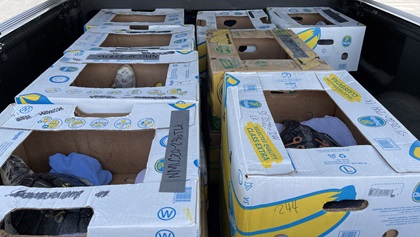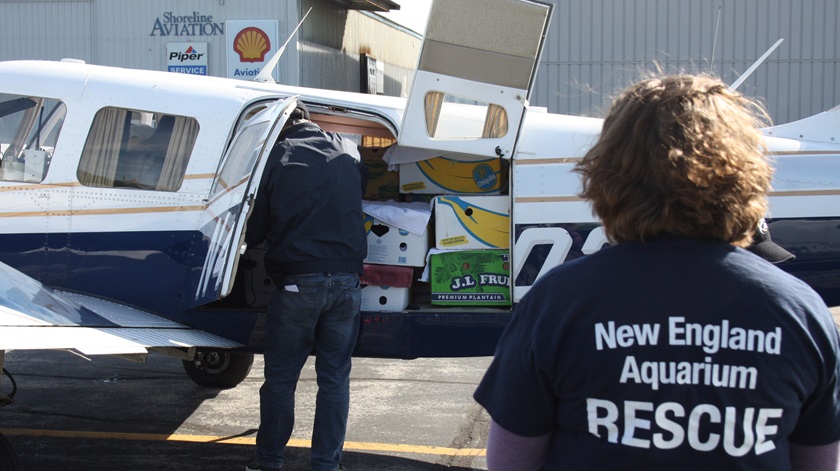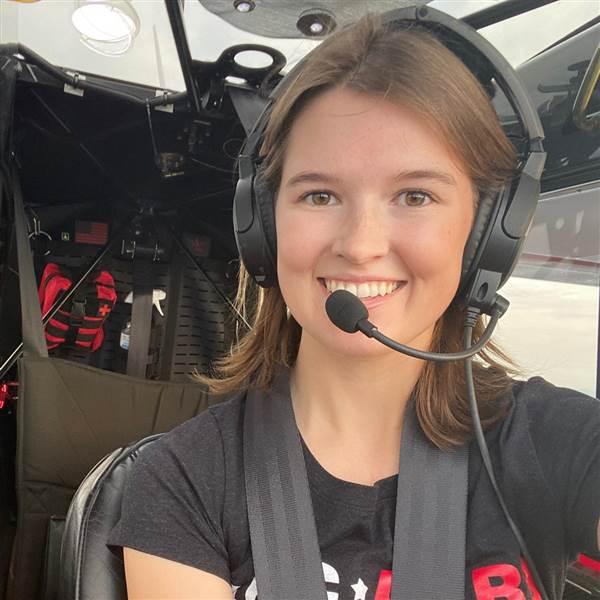'Turtle Fliers' needed
Fly rescued sea turtles to safety
Turtles Fly Too is recruiting general aviation pilots to fly cold-stunned sea turtles from Cape Cod to rehabilitation centers this fall.
If you have access to a GA aircraft, a pilot certificate, and a love for ocean life and conservation, this is a mission for you. Turtles Fly Too is searching for volunteer aviators—known as Turtle Fliers—to fly endangered sea turtles rescued from the frigid waters of New England to rehabilitation centers in the Southern and Western United States this November.
Less than one in 1,000 Kemp’s ridley sea turtle hatchlings will reach adulthood. The Turtles Fly Too mission is to “improve the survival rate of endangered species by engaging general aviation pilots to provide emergency air transport for affected species and critical response teams.”
“Before 2014, only 25 turtles a year would need transport. However, the numbers since then have been increasing at an alarming rate,” said Turtles Fly Too President Leslie Weinstein. Anywhere from 700 to 1,000 turtles will need air transport this season. However, that number “could be as high as 1,400,” Weinstein continued.
Once the turtles have been rescued, they are delivered to the New England Aquarium and National Marine Life Center. As the facility reaches capacity, Turtles Fly Too assists with transporting stable sea turtles to Western and Southern rehabilitation centers for long-term recovery and eventual re-release into the wild.

Like Pilots N Paws, Turtles Fly Too is an entirely volunteer-run organization. Pilots from across the United States donate their time, aircraft, and fuel to make turtle transports possible. Turtles Fly Too is often able to waive landing fees and make discounted fuel available to pilots. In-kind tax contribution letters are also provided to volunteer pilots.
Each Turtle Flier will receive specific safety operating procedures before every flight, including cabin temperature requirements, maximum altitudes, turtle handling instructions, and emergency procedures.
The effects of altitude on sea turtles “is something we are still trying to figure out, but we will never go higher than 10,000 feet unless the cabin is pressurized,” Weinstein said, adding, “They have done well at altitudes that we humans fly at.”
Although larger aircraft such as Beechcraft Bonanzas and Pilatus PC–12s are better equipped to transport dozens of turtles, smaller aircraft can also be utilized.
Aviators interested in becoming part of the Turtle Flier network can register for transport flights on the Turtles Fly Too website. Pilots will need to provide their aircraft identification, the distance they are willing to travel, and availability. Selected pilots will be contacted by a member of the Turtles Fly Too team when the often-sudden need arises.
“We are working on turning extinction around, as best we can. We’re breathing life into a serious issue and are hoping to prolong the lives of as many turtles as possible,” concluded Weinstein.





